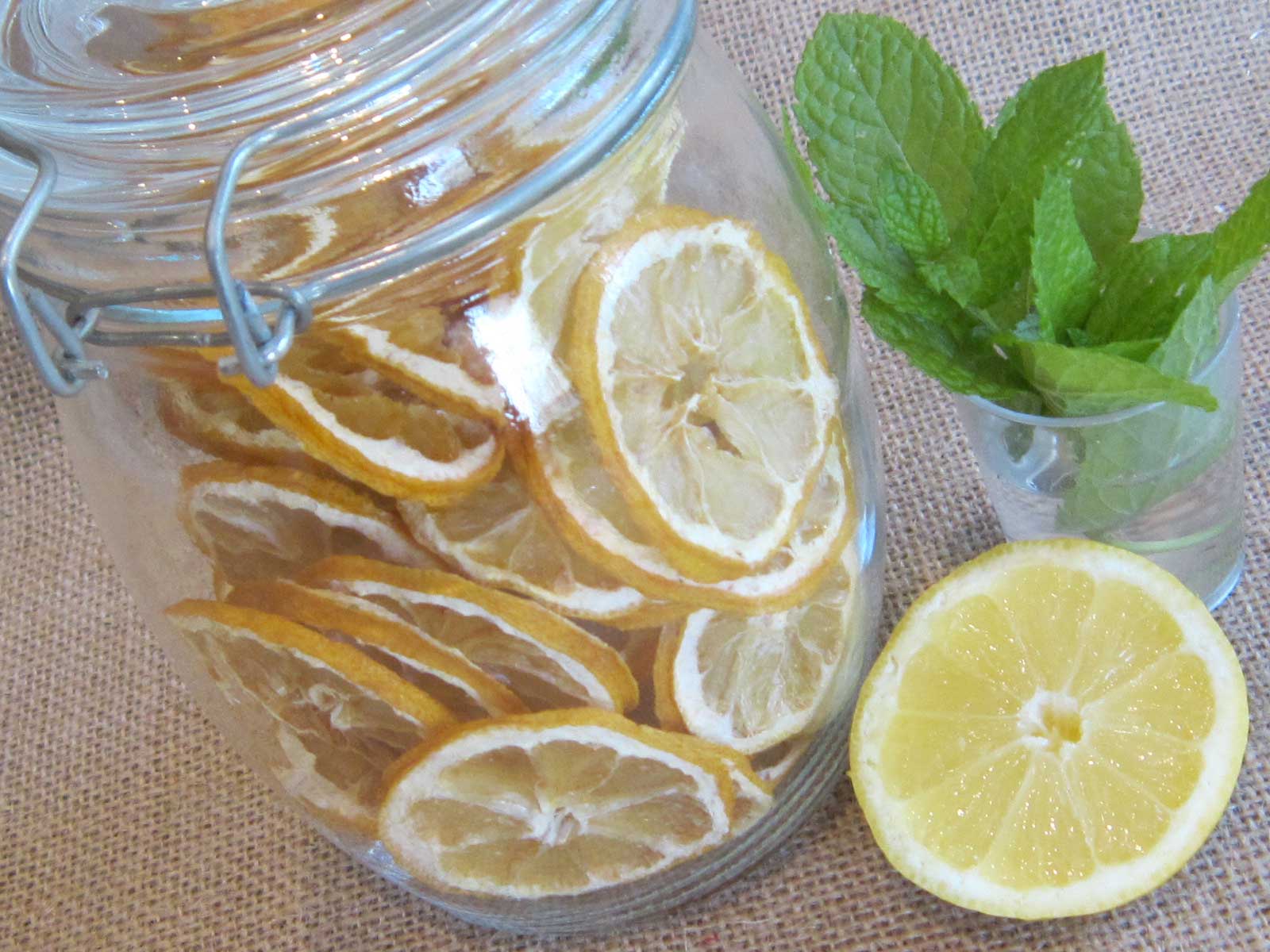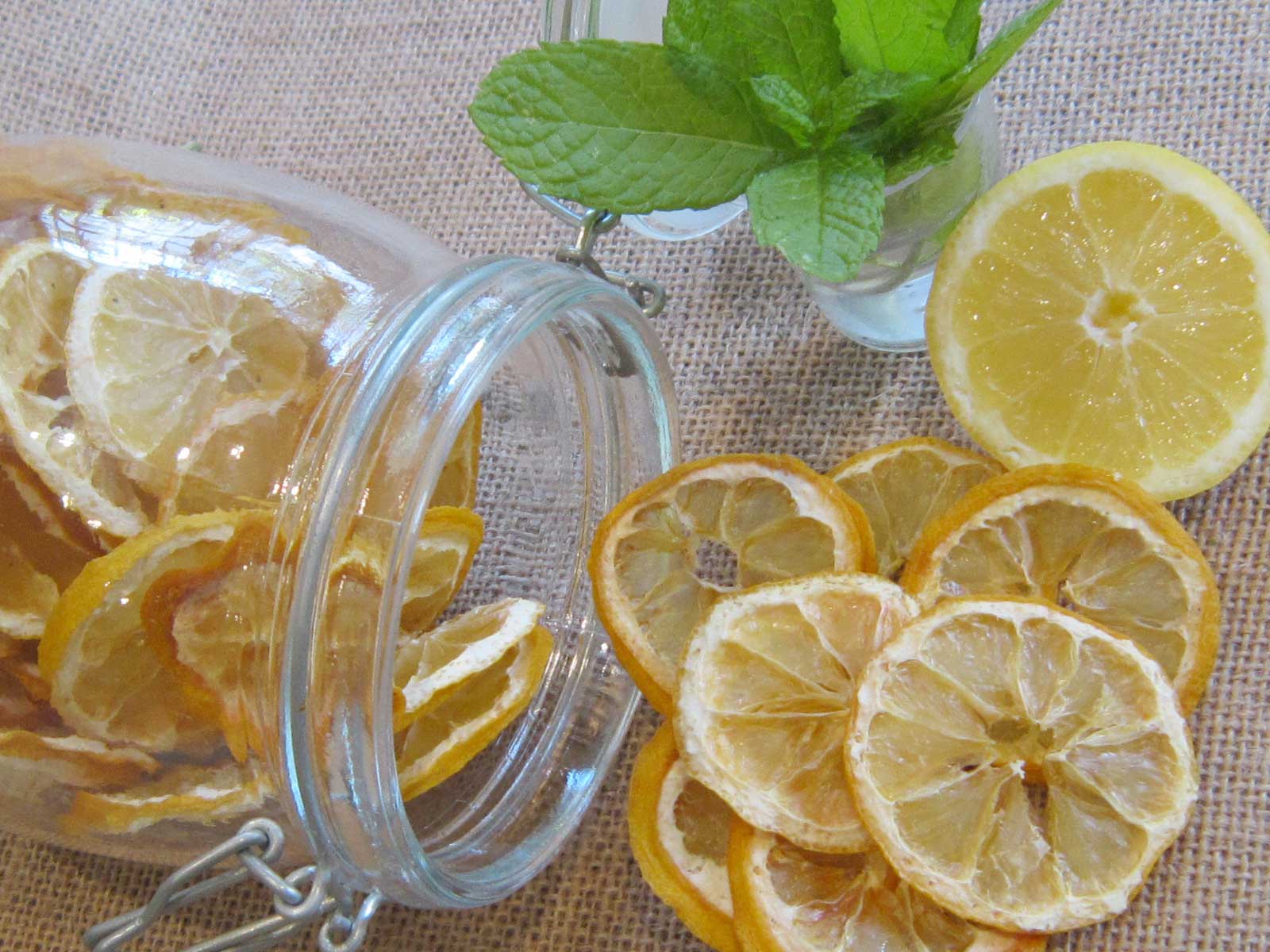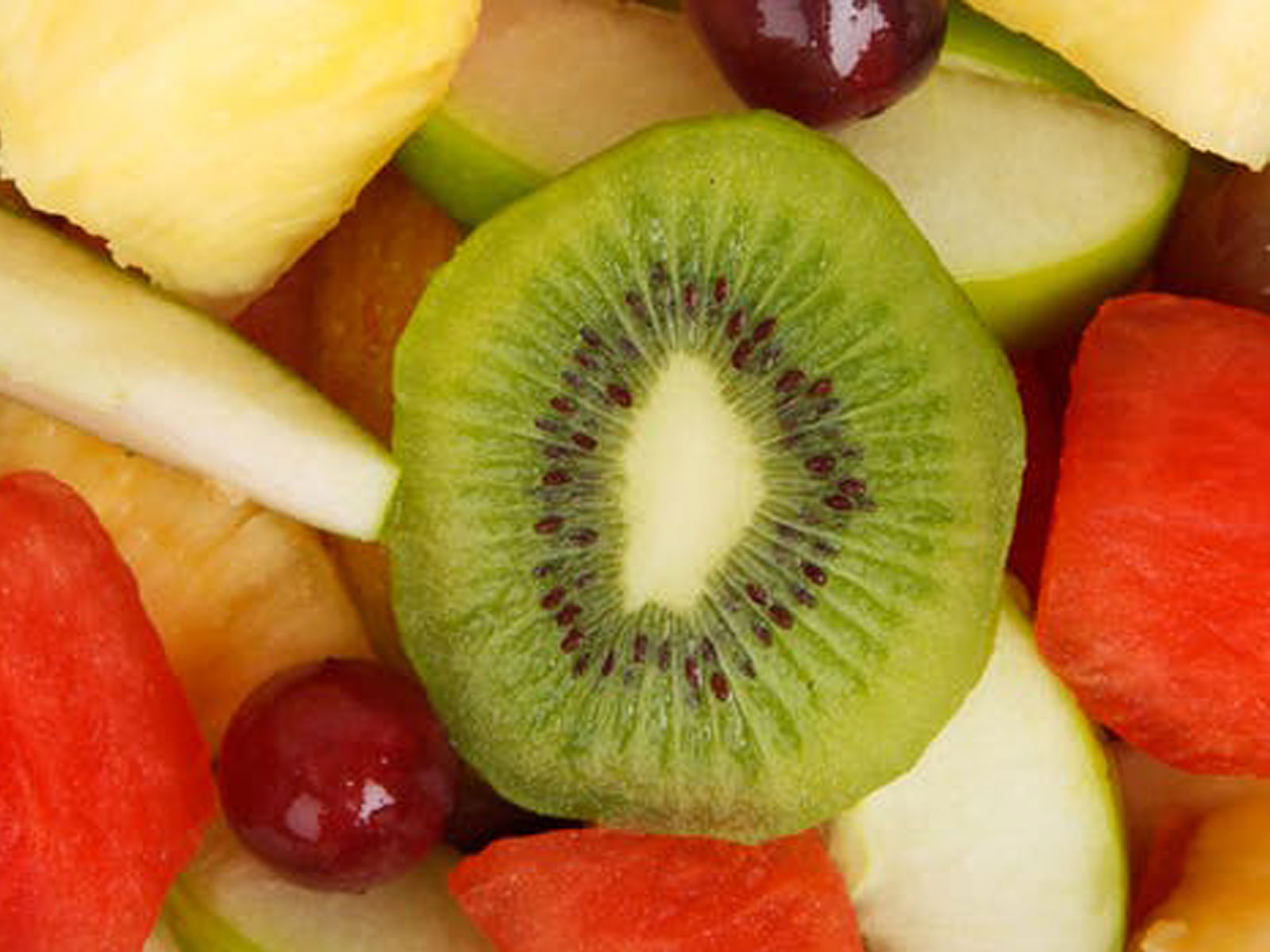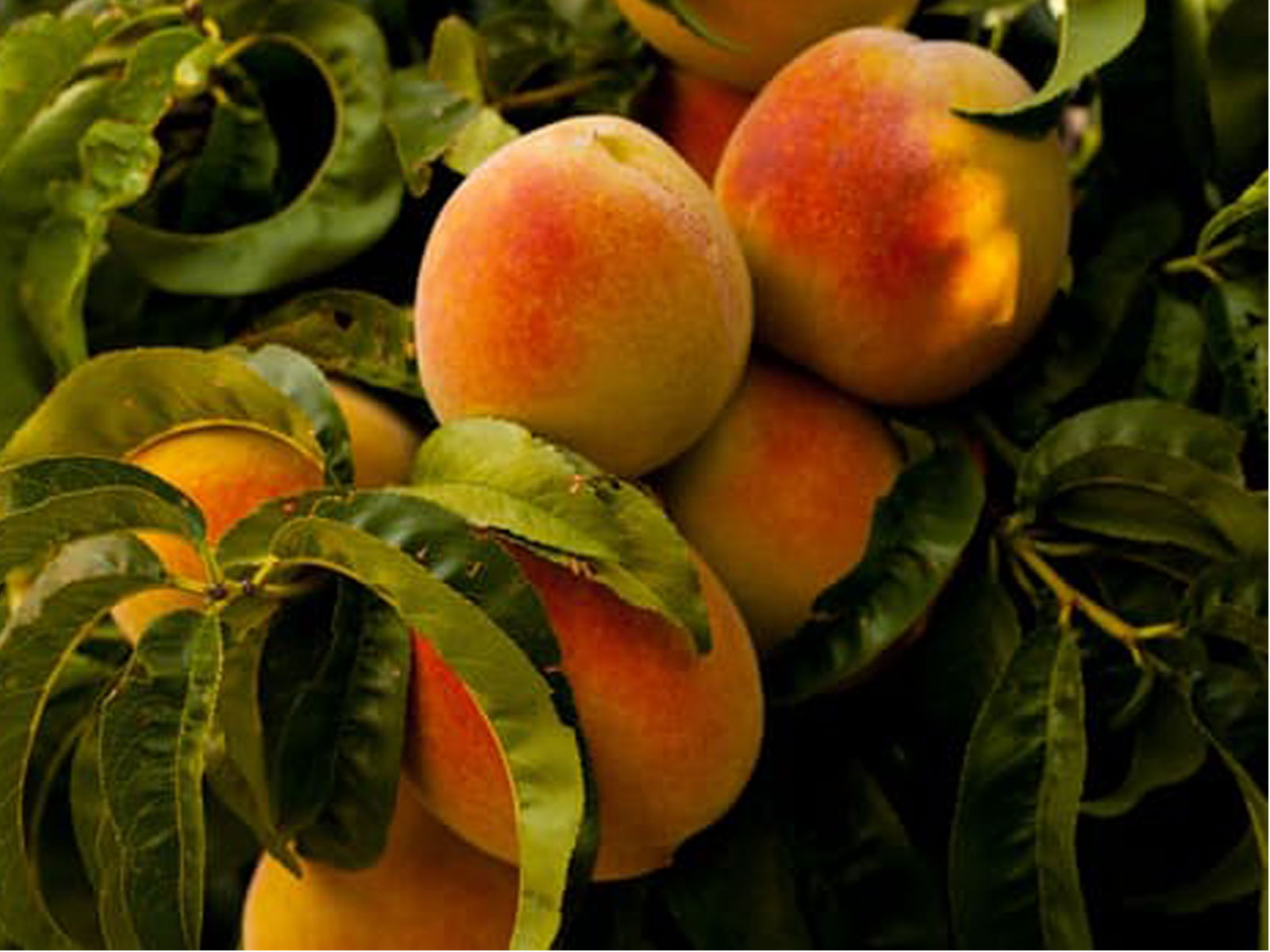Lemons are the wonders of the fruit world. Packed with good nutrition, anti-bacterial, a natural bleach, tasty, and lovely to look at into the bargain! They can be used in cooking, added to cleaning products or beauty products, and are excellent for healing and fighting infection. What a little yellow bomb of goodness they are, so dehydrating them simply has to be done!
They lose little of their nutritive value when dried, and can be used for so many things the list is almost endless. For example dried lemon slices can be added to tea, or to iced water for a cool summer drink.
 Add some slices when cooking fish for a delightful lemon tang. Grind up into powder for adding to beauty and cleaning products. Use the juice as an anti-bacterial wash for fruit and vegetables.
Add some slices when cooking fish for a delightful lemon tang. Grind up into powder for adding to beauty and cleaning products. Use the juice as an anti-bacterial wash for fruit and vegetables.
Info on Dehydrating Lemons |
Uses |
|
| Fresh Weight | 100 Grams | For flavouring |
| Dried Weight | 17 Grams | As an antiseptic |
| Daily Portion (Dried) | 13 Grams | As a natural bleach |
| Prep Time | minutes | For cleaning |
| Drying Time | 12 to 18 hours | To make lemon powder |
| Drying Temperature | 125 or less | |
| Health Benefits | Aids digestion, fights inflammation, has antiseptic and coagulant properties, good for the hair | |
Equipment
- Sharp knife
- Mandolin or Food Slicer (optional)
- Plastic bowls
- Colander
- Cutting Board
- Food Wash
Preparation
Choose unwaxed lemons, organic if possible. You can decide to dry them with the peel on, or remove the peel and dry this seperately to make lemon skin powder.
Wash the skins well and soak for a few minutes in a food wash, then drain and cut the lemons into uniform sized slices. I usually cut them around half a centimetre thick. Keep the tops and the ends as you can dry these for lemon peel powder too. Remove all the pips.
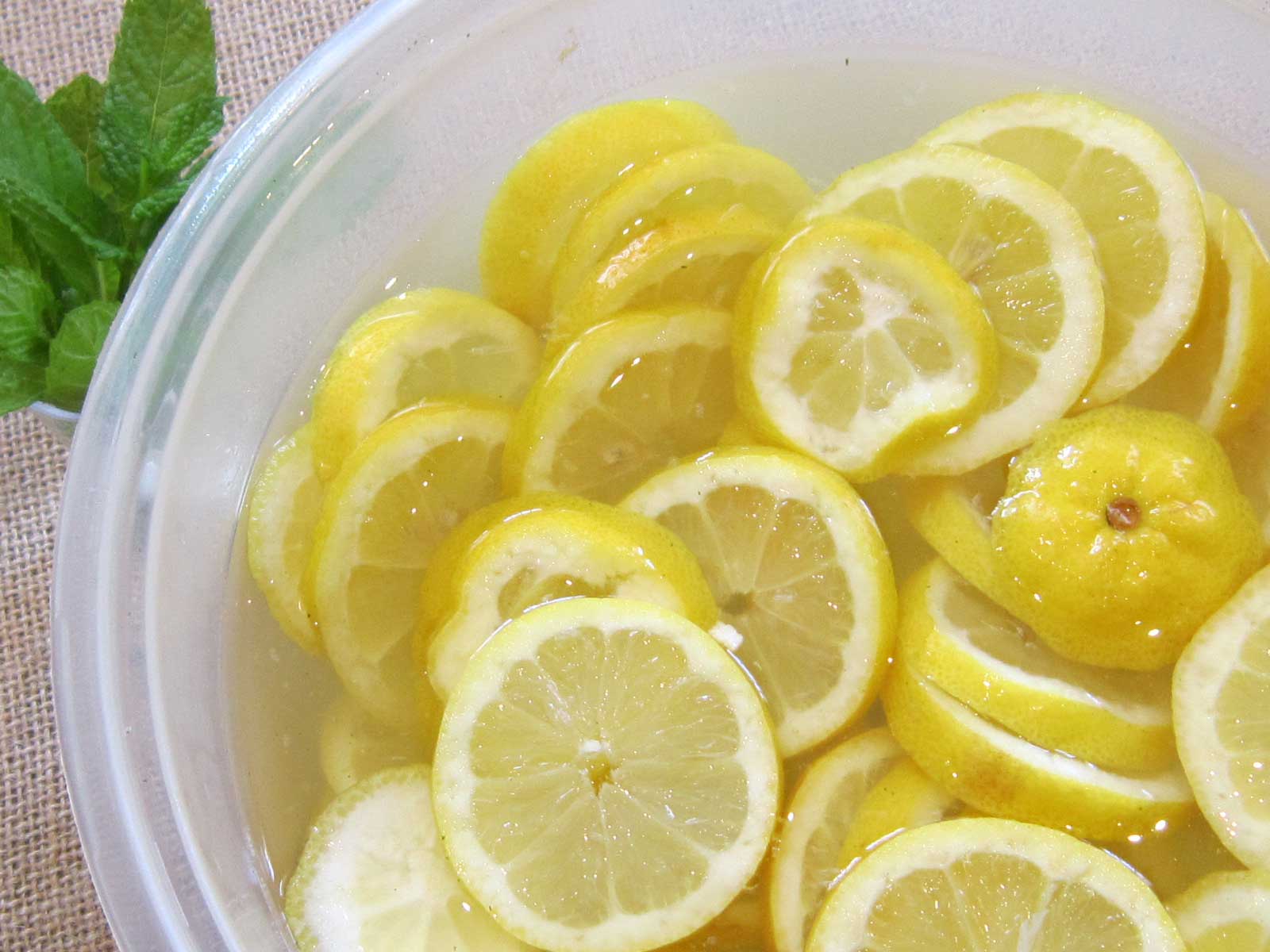
I choose to soak my lemon slices in a vitamin C solution for about 15 minutes before dehydrating them (one teaspoon of vitamin C powder to 1 litre of water). This is for two reasons, firstly because it compensates for any loss of Vitamin C during the drying process, and secondly because I think it helps to maintain the yellow colour (see the comparison further on in this post).
Dehydrating
Drain the lemon slices and lay them out on your dehydrator trays.
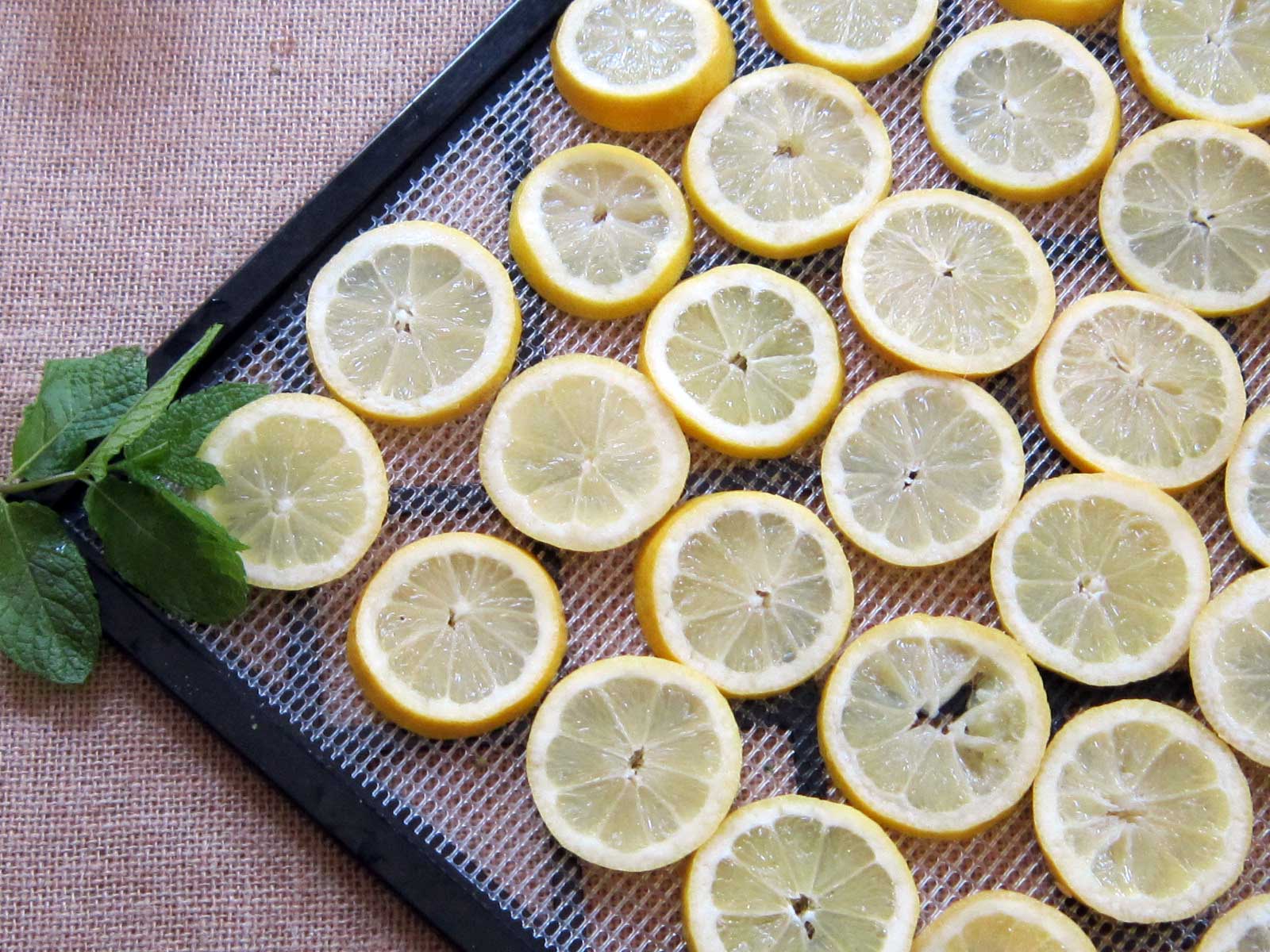
Although most fruits are dehydrated at 135 Fahrenheit/ 57 Celsius, for lemons I lower the temperature to 125 Fahrenheit/ 52 Celsius or less. It takes longer to dry them – sometimes up to 18 hours – but they have less chance of turning brown.
You can see the difference in colour in this image. The slices on the right have been soaked in vitamin C solution and dried at 125 Fahrenheit/ 52 Celsius.
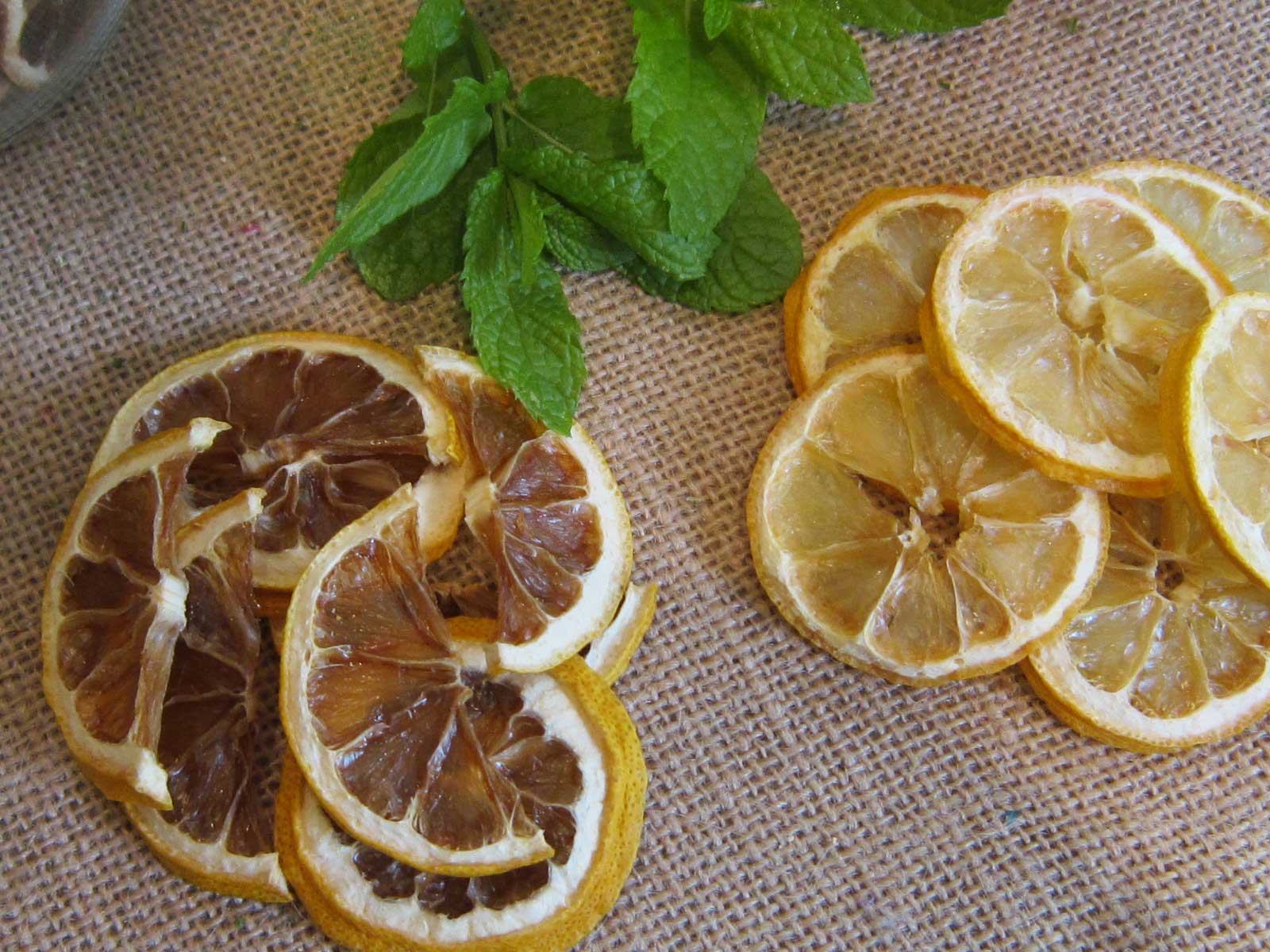
I also turn the slices over at some stage to make sure both sides get the same dose of warm air.
Conditioning
Conditioning is a process of making sure that whatever you have dried has as little moisture as possible in it. It’s a simple process and involves mixing or shaking to redistribute the lemon slices to make sure they are completely dry. Do this once a day over a few days after dehydrating. If you notice any mould this means they either were not dried sufficiently, or the container was already contaminated.
Storage
Store in sealed containers in a dark area and add oxygen absorbers to help keep the contents dry.
